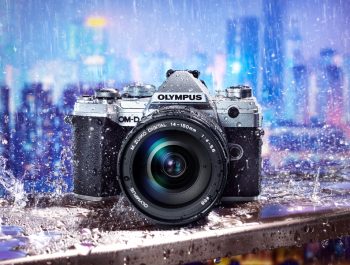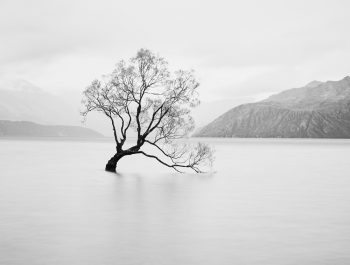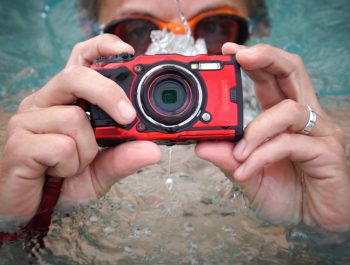Format The Mind
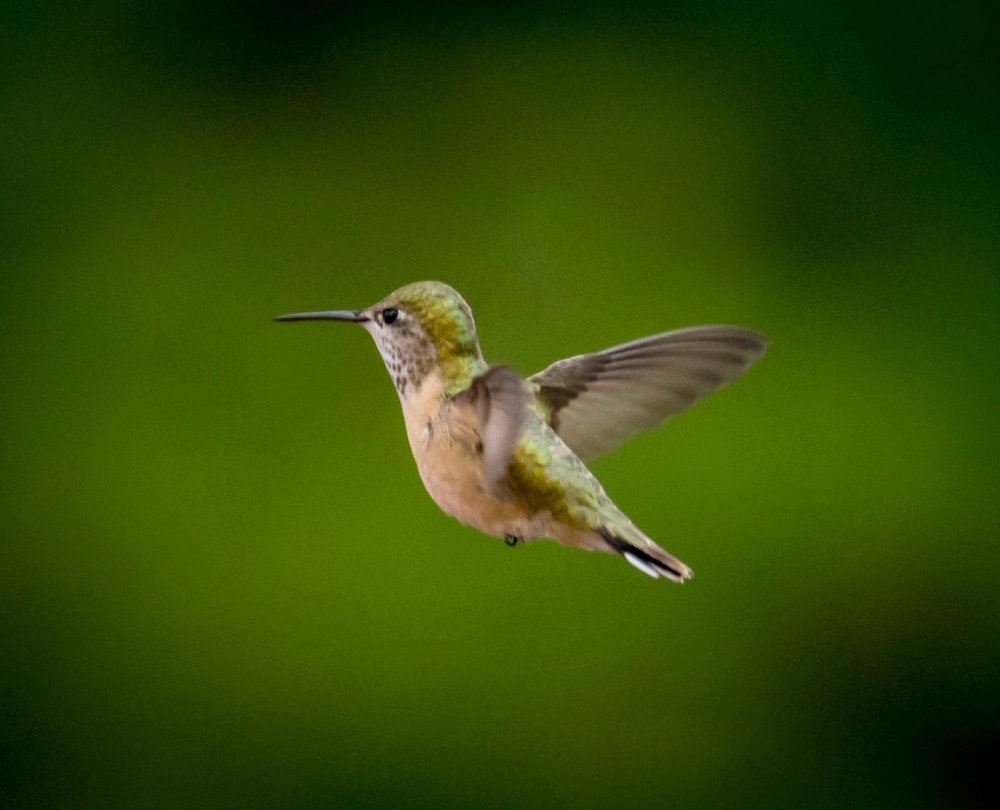
So I write this commentary from the perspective of a hobbyist – a person who loves the craft, but not someone whose income depends on photography. In all candor, at one time I did work as a photographer, eked out a living for a while, but no longer taking pics to make ends meet. In retrospect, it was a bold move and there are no regrets. One thing that’s come out of the process for me is a return to what interested me most about taking pictures and why I picked up a camera in the first place. Inspired by the likes of Galen Rowell, Art Wolfe & Frans Lanting to name a few – being out in nature, viewing wildlife. Seeing the natural World.
At 17 I was awed by Raptors for the first time. The result of an ecology class I took in high school. I grew up in the Northern Suburbs of Chicago and wasn’t really exposed to the outdoors that much. It wasn’t part of our family interests and activities. The ecology class tapped into something special inside and exposed me to the natural world in a different way. I always had a fondness for animals and this class afforded different opportunities to engage.
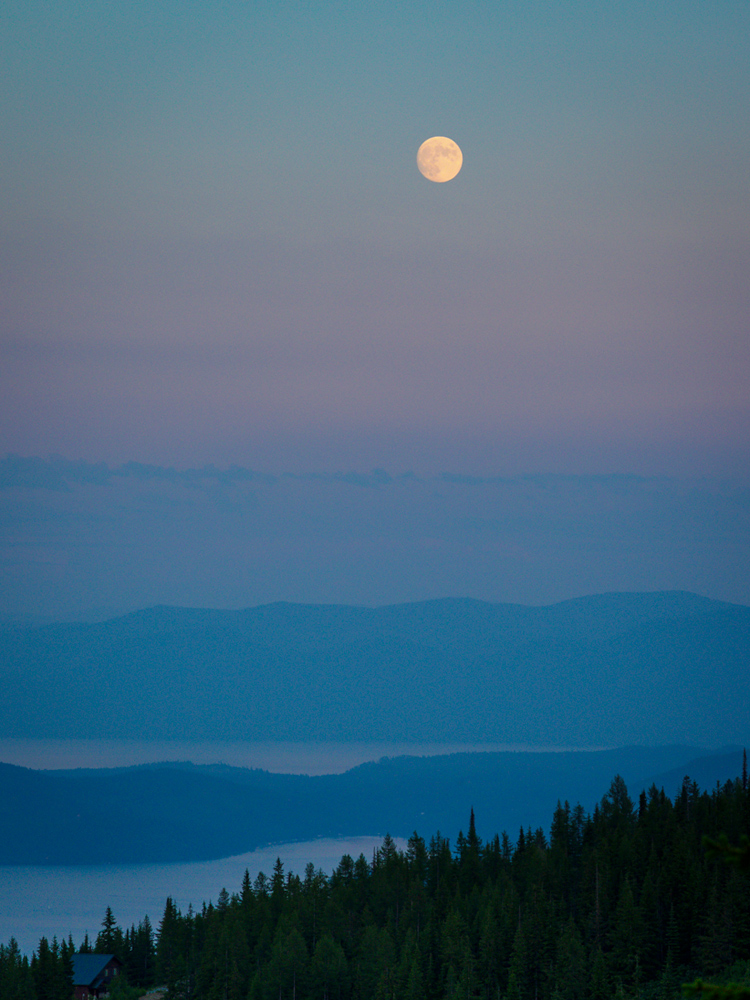
There was just something about watching Eagles. I know I’m not alone in this. There are many who have dedicated their lives to studying and photographing these awesome birds. I know little bits and pieces about them, definitely no expert, but get really excited when I’m out someplace and spot an Eagle or some other bird of prey. Wanting to just watch it fly and soar through the air. This was the first time that optics became an interest. Spotting scopes and binoculars to be able to better view the birds at a long-range. I then took a B&W photography class in high school. My areas of interest tended to be the natural world. So this led me to a greater interest in cameras and lenses. This was where it all started…..
A little of my back story may provide some context and perhaps appreciation as to why I would spend time writing this. When it came to working in photography as mentioned above, I pursued commercial-oriented work. The thought as I talked to various people in the photo community and read a couple of photography books geared towards career opportunities was that it was a more likely way to succeed in the market and make a living. I didn’t go to school for photography or art so learned along the way. At the age of 40, I was excited, motivated, and inspired for the first few years and overall pleased with the work. Over the 10 years working in photography, I enjoyed studying great photographers and learning the craft. But after a while, the newness and shininess of a career change wore off and I didn’t quite find my way in the field as I had originally hoped. As I look back, I’m not sure if following my heart, nature, and wildlife would have led to a more sustainable career. Given what I now understand about human behavior and habits, most notably mine, it’s not so clear cut. There is more to it than simply following one’s passion. Although many would have you believe otherwise.

Overall though, it was a good experience and I grew from the process. I learned many things about light, lighting, software, editing, printing, and of course the gear and about myself. I became proficient in many areas of photography and developed a broad skill set. Over the last 4+ years of that 10 year period my commercial photographic interests waxed and waned and as a result, so did my efforts. Then in 2015, I decided to return to my previous vocation as a Physical Therapist. I suppose more out of practicality and necessity. I still love many things about photography and like many of you, love taking pictures, the gear, talking about photography, reading about it, trying out new lenses and cameras, and such.
Fast forward to now. I’m 55 and still get excited every time I see an eagle or hawk. Or if I’m at Yellowstone and see a wolf, an otter, a bear, and other wildlife I get a huge dopamine hit. It gets my juices flowing. I love Galen Rowell’s description of outdoor photography as an action sport. Photography as an activity is probably the only thing I do that takes me out of my head and I just simply Am. Time stops, thoughts dissipate, all is quiet inside and I’m focused (no pun intended). I’ve heard others describe this in a similar way. Certainly, others have noted that being out in Nature has a positive impact on their mental wellbeing. Steven Mather, John Muir, Meriwether Lewis, and Teddy Roosevelt to name a few have all felt the benefits to their psyche by being in the Natural World. I get this. Many of you may feel the same way.
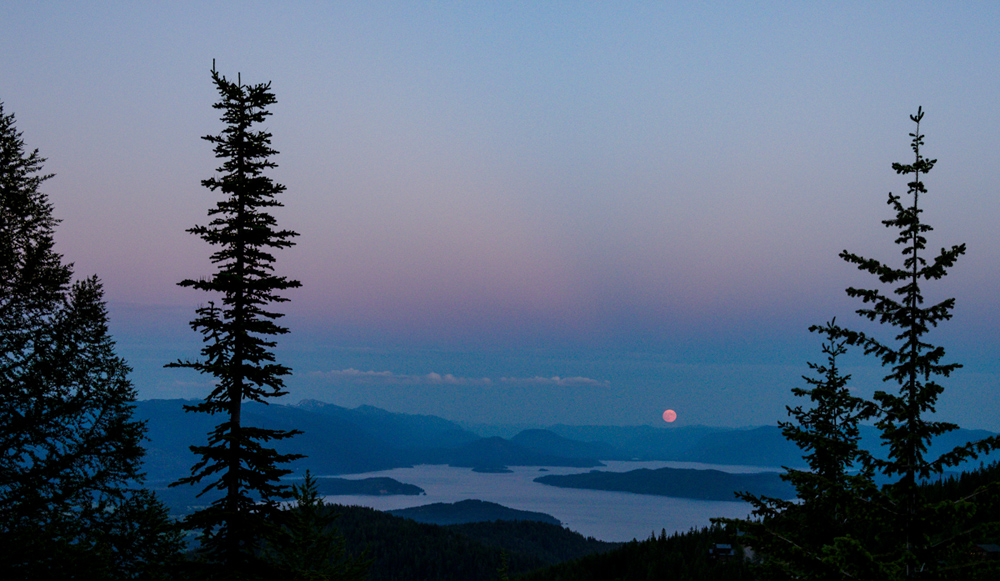
This is where we all have more in common than we have differences. The feelings we get and the love we have when experiencing the natural world. As members of the photographic community it seems where we tend to quibble at times is about the gear we use when out pursuing our craft.
Now when out in nature I want to be nimble and able to move freely and easily. I don’t have an interest in carrying large, heavy packs. Just not my thing. Carrying camera gear out on the trail is something I want to consider as an extension of my being and not hindered by it. Especially If I want something with reach, like 600mm. I have no interest in lugging around a lens that weighs 4+ lbs and all the accessories used to help support it. I want to enjoy my experience out in the woods without experiencing neck pain or back pain or knee pain or whatever pain due to having to carry heavy and bulky gear in tight or restricted places, up steep hills, or while navigating rocky trails over the course of a day or days. Others may really enjoy carrying a lot of stuff and don’t mind the extra weight, but I do. Fortunately, there are options out there for someone like me. Although sadly this may be more challenging in the future given what has been announced in the photographic world about Olympus.
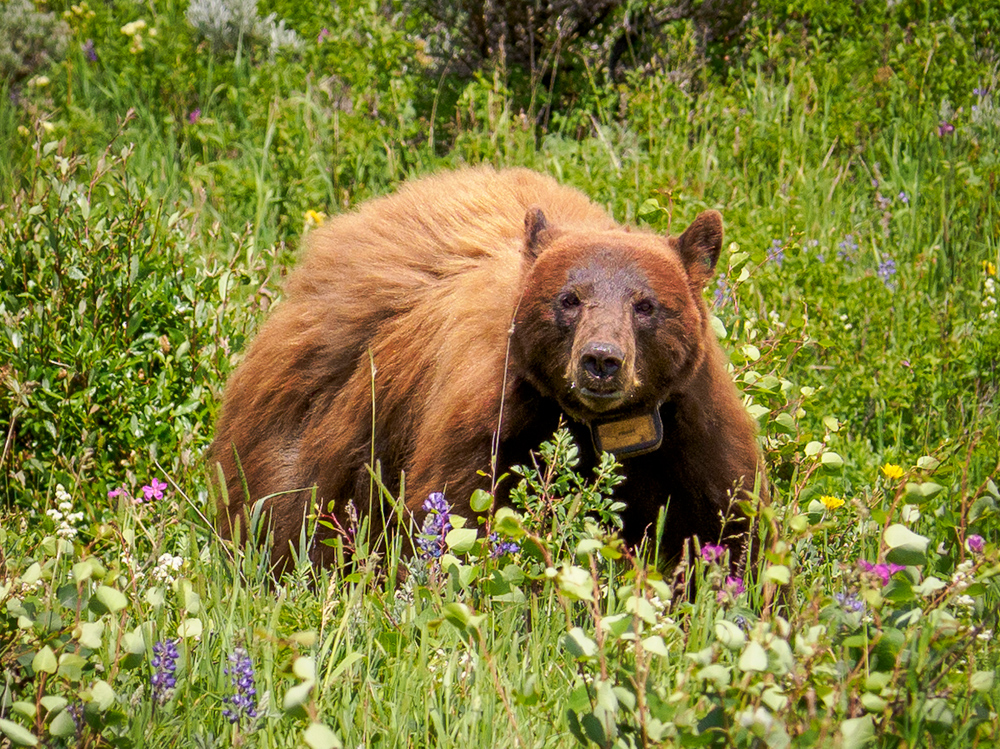
I really don’t engage much in the back and forth nature of social media other than reading my go-to blogs, but will occasionally read what goes on in some of the forums. I do watch a variety of stuff on YouTube and will read the comments there at times as well. Lately, there has been a lot of rumbling over Olympus and the Micro Four Thirds (MFT format). What I kind of wonder is why there is so much intolerance demonstrated when one person or group chooses one format over another? Why are many pundits often vested in the “this is better than that” mentality? Part of me wonders why “you” care what I use and why do “you” have to prove that your choice is better than mine? What’s the value?
Imagine if over the years all the digital formats were embraced for their inherent strengths and would be supported and promoted based on these strengths. We could get over the notion of Best and appreciate there are Bests – based on individual preferences and use. There would be less focus on a debate that this format is better, or this should replace that, or this is no good. Rather promote the inherent benefits, educate on who may be viable users, and encourage manufacturers to improve products that would make differences based on the specific user group needs. Maybe pay attention to the joy, fun, creative process, and constructive ways to improve upon one’s craft. Don’t get me wrong as I realize that there are some reviewers that do tend to do this and it’s tough when companies with large marketing budgets – like mobile phone manufacturers, are able to offer up really great technology that then could impact the way consumers spend their money – or not spend in the case of digital cameras.

The potential loss of MFT, and of a company like Olympus and it’s excellent quality OM-D line + lenses, if this does occur, would be really unfortunate. Unless something else could replace it by offering the same benefits as the form factor and weight, plus provides updates as technology advances. Maybe it’s possible for APS-C or FF manufacturers to develop a lens line that matches/beats what Olympus currently has in production – Size, weight, reach, speed, build quality. I’m not so sure though.
It’s interesting as I recently came across some content that speaks to this to some degree. But what confuses me is when we look at the whole picture. It’s common when comparing formats to emphasize the depth of field as a key factor – this seems to be a major topic. So we have a 300mm f4 MFT lens and when it’s spoken about in terms of FF equivalency it’s described as being f8 as it relates to DOF. So be it. I get his. And if FF manufacturers were to build longer lenses with a minimum aperture of f8 (or f11), there would be a developing market as the size and weight would be similar to what MFT may offer. Perhaps. But wait. They also imply that an f4 aperture on MFT has the same light-gathering capability as an f8 FF lens. Is this true? I’m not a physicist, so need some help here. Please provide some data on this. Maybe I misunderstood? But they acted as if it was the same thing. Or maybe they are saying that a FF sensor can handle the higher ISO required to shoot with F8 (or F11). Not sure.
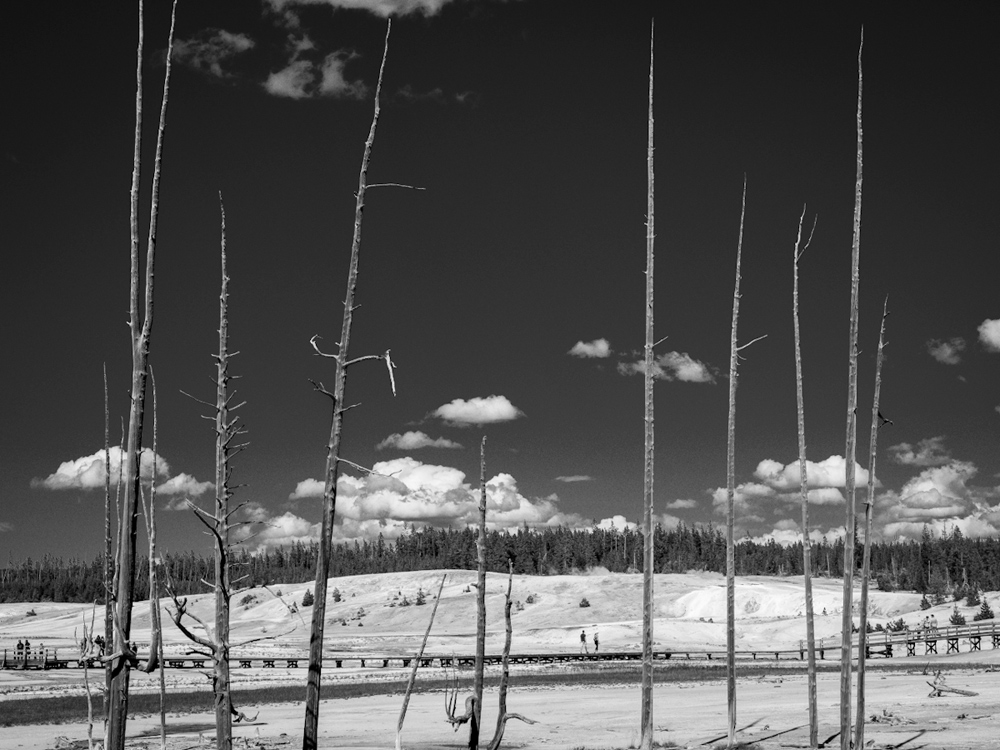
Many people are so willing to criticize the MFT sensor (and yes I get it, an update may be due), but what about all the other positive factors? Olympus has put together some great AF capabilities and unique features with its sensor. Do we just throw those out the window as being irrelevant? Maybe an Olympus 600mm equivalent lens doesn’t have the same shallow DOF as an equivalent Canon or Nikon, but there are those who may not care that much or learn to use the lens in a different way to achieve the results they want. Suppose reviews had been more interested in the promoting the value for use by travelers, wildlife and sports enthusiasts and how the rich feature set and specifications trumps (maybe a bad choice of words), anything a mobile phone could ever hope to do and be much more portable than it’s APS-C and FF cousins while offering exceptional durability, quality, and performance. Perhaps marketing could suggest the phone is an extension to a person’s kit suitable and practical for many things but has limitations. Yes, many consumers won’t care but many will. Marketing is a powerful thing. Just look at what Apple has done. They have many consumers wrapped around their fingers.
Yes, some of the MFT Olympus bodies are costly, but they are also incredibly customizable, portable, feature-rich and durable. At the same time, when assessing the cost as a whole system, it becomes a less expensive proposition than many FF or APS-C counterparts when you factor in the cost of some of the comparable lenses between the different formats.
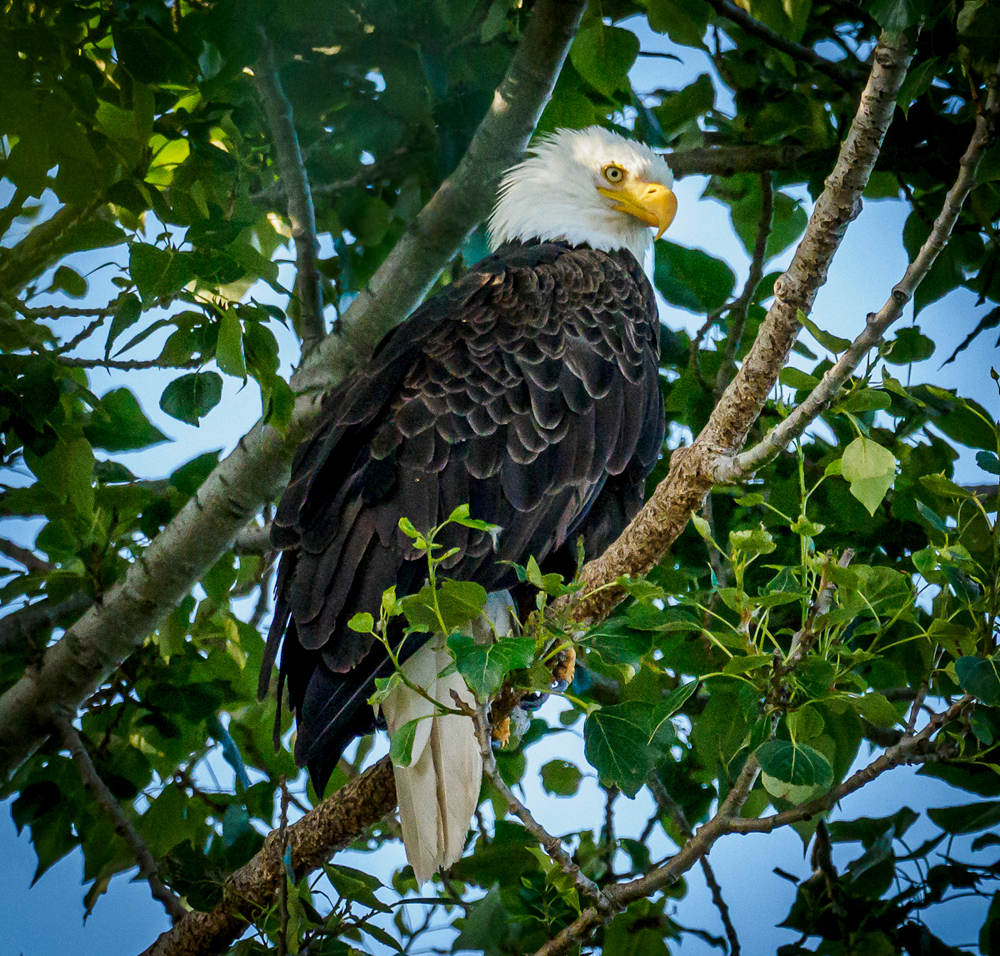
Some may argue when describing the limits of MFT that 20MP isn’t enough. Maybe. Depends on what you do. But as I write this Canon just announced a new FF camera with 20MP, so I guess 20MP is now OK?
Perhaps it’s human nature to judge, criticize, and compare. I also realize that money is a driver and profits lead to decisions. Certainly poor decisions, questionable management, lack of vision all impact the success of a company. In the wake of all the Olympus talk, what I feel would have been more valuable (and still can occur), is rather than people saying that they saw the writing on the wall and that MFT can’t compete, MFT is no good, etc., why not speak to its value as a format in what it offers to the consumer as well as professionals based on what it does well. There does not need to be a “Best Sensor or format”. There is some great marketing research that shows there is never the “Best” of anything, but rather there are Bests – plural that is based on people’s preferences and needs. So, in this case, Best sensorS or formatS based on the consumer/professional and their intended use, needs, and preferences.
If there are more articles that can praise MFT and Olympus equipment and help to identify the market base, how they intend to use the equipment and the decisions as to why they elected to spend their money and invest in the format, then perhaps the pending sale of Olympus and acquisition by JIP will be able to factor this into their long term vision and planning. If enough people chime in publicly in support and continue to purchase their products then maybe there can be the improvements where needed leading to it’s sustainability, rather than the demise of a valuable format.
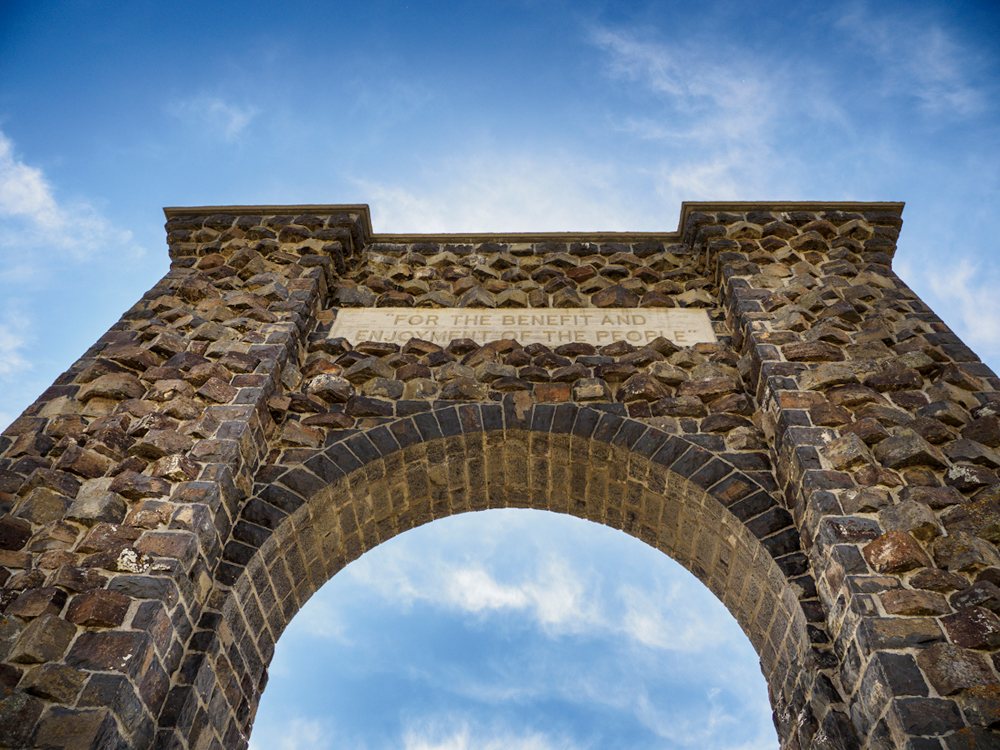
Reviewers can call out all the camera companies as a whole and ask why the cool technologies and features that many phones already employ for imaging are not included in cameras as an option so that consumers who normally wouldn’t use a higher-end camera would then consider purchasing one. Some features are there but the user interface and ease of operation could greatly be improved. Perhaps use the phone as an extension of the camera by having them work in conjunction with each other in a more seamless manner could be useful or have them augment one another, etc. There are some really smart people out there who could think of ways to align the different platforms and technologies.
Oh and just for clarification, currently I own and use Fuji equipment – based on decisions made when I was doing more commercial photo work (looking back some of my reasoning was faulty. But I have owned/used Olympus gear (original EM-5), in the past. In fact, it’s the gear I’ve enjoyed using the most and actually would like to switch to in the future for reasons cited above.
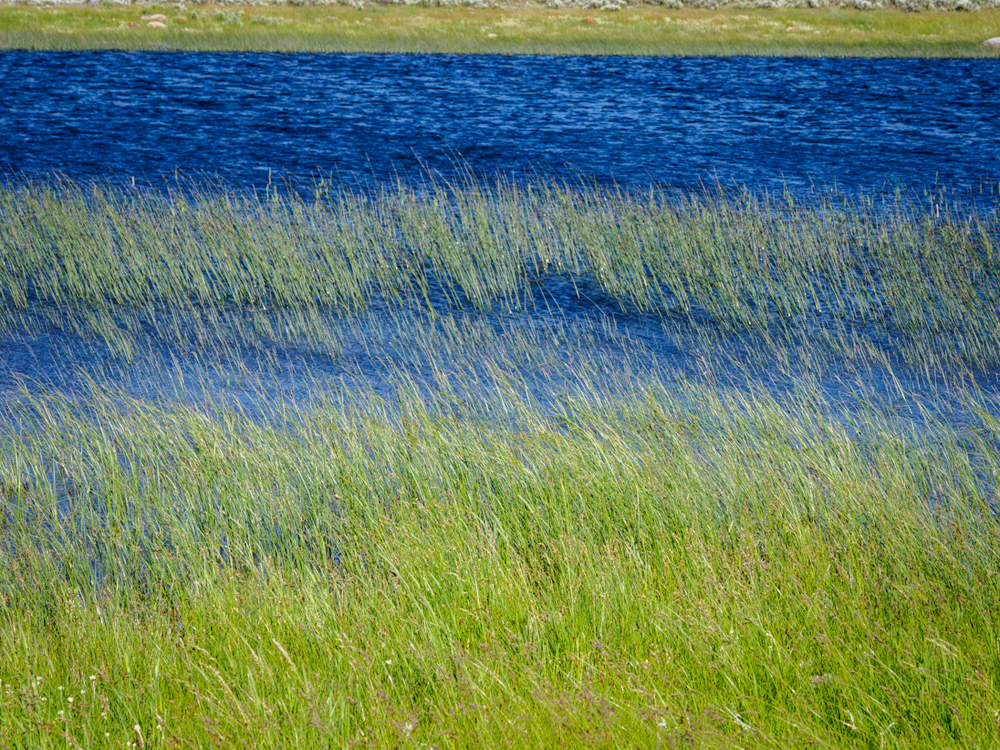
Postscript –
I sent this into Kevin thinking he would hand this off to someone else to further develop and improve on the idea. I heard back from him and said it should be good to go mostly, but it needed photos. I had to laugh because of course, 1. I thought it wouldn’t be published, and 2. it’s a photo site and articles about photography should contain photos. I must admit I am a bit embarrassed as I don’t have a lot of work these days. However, in the interest of this commentary, I just rented the Olympus EM 1 mark iii, the 300mm f4 w/1.4 tc, and the 12-100mm f4 for a recent family trip to Sandpoint, ID, and Yellowstone. I wanted to see how it would feel to carry that system around. So I thought maybe it would be good to use some of the photos from the trip. Disclaimer – these are family vacation photos. Enough said.
In a recent PhotoPXL post, the book “The Practice of Contemplative Photography” by Wood and Kerr was mentioned. This highlights Miksang, a practice established by Chogyam Trungpa, a Buddhist teacher and founder of the Shambhala Center who loved photography. Years ago I read this book and took a level 1 Miksang workshop while living in Upstate NY. It’s a wonderful practice. Taking note of simple things in everyday life. I think guys like Michael Reichmann, Jay Maisel, and Cartier-Bresson to name a few, naturally operated this way. Over the years I photographed many photos with that practice in mind – quite a few with the original Olympus EM-5. Click here to a gallery if interested.
In addition for those who may be interested, I used Cotton Carrier equipment to carry all the gear. Really nice and comfortable. I was also carrying binocs on the trip and the system integrated really well to allow easy access, security, and ease of movement without feeling burdened or tangled up in straps, etc.
All the images (RAW) were transferred onto my iPad Pro – first saved to a SanDisk 500GB SSD (super small, lightweight) and then imported into Lightroom for processing, then exported from there to PhotoPXL. I use a Baseus hub to import from my SD card, plug-in the SSD, and also connect power if needed. Although I have a new iPad and it seems to handle these tasks efficiently without needing a charge. I’ve been without a standard laptop/desktop for over a year now and while there are some niggles with this type of system, overall it works pretty well. If you can have the mindset that this is a different process, I think that’s helpful. It’s super lightweight and easy to carry. On a side note, from what I have seen, a Gnarbox would probably be really helpful to streamline the process, but it’s pricey. If this was to be my go-to solution, it would be worth considering, but planning on either an XPS 15” or 17” or MBP 16 in the near future so I’m not sure that extra expense for the Gnarbox is necessary at this time.
David Sax
August 2020
Seattle, WA
Background and education in physical therapy, wellness and health coaching. Worked in photography for a period of time as well. Main interest is nature, wildlife, but do have a broad interest as well.






